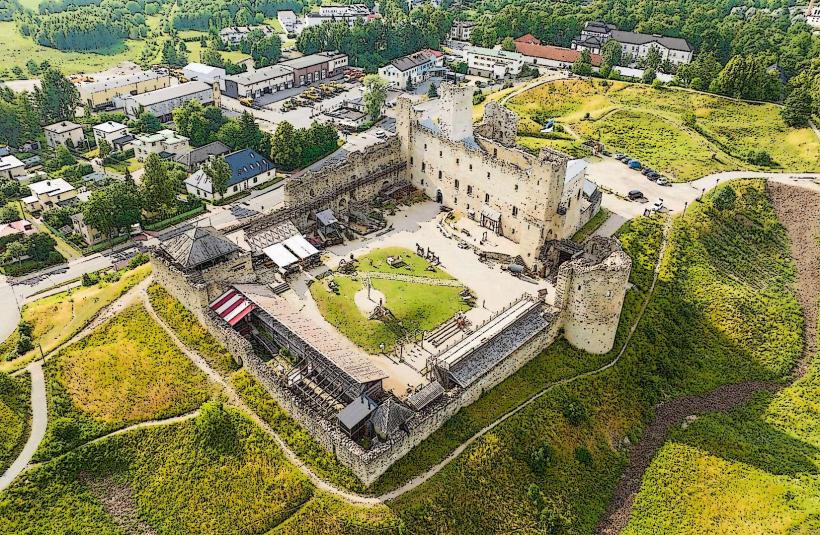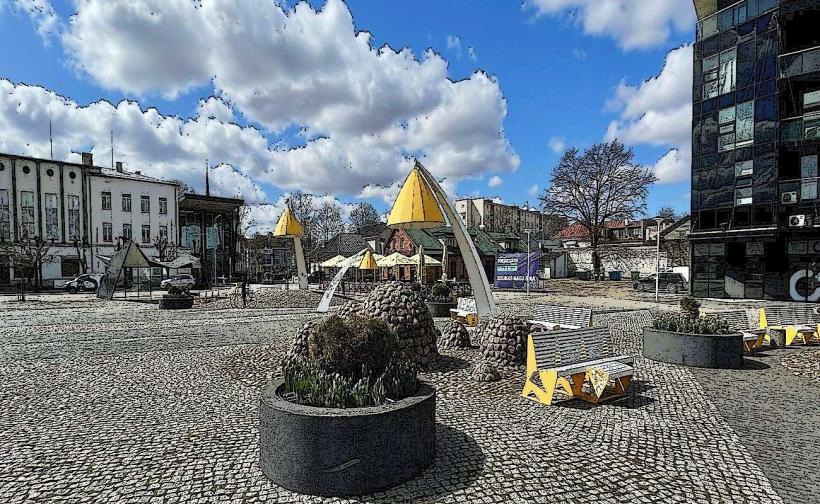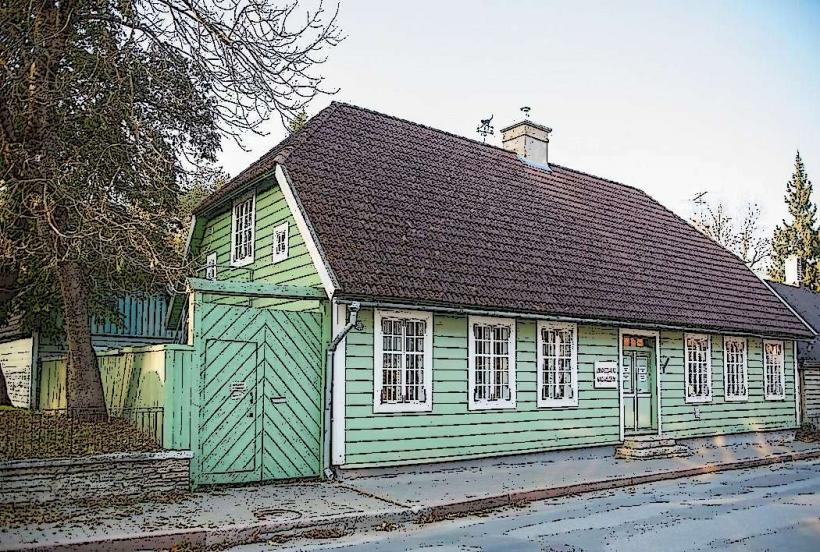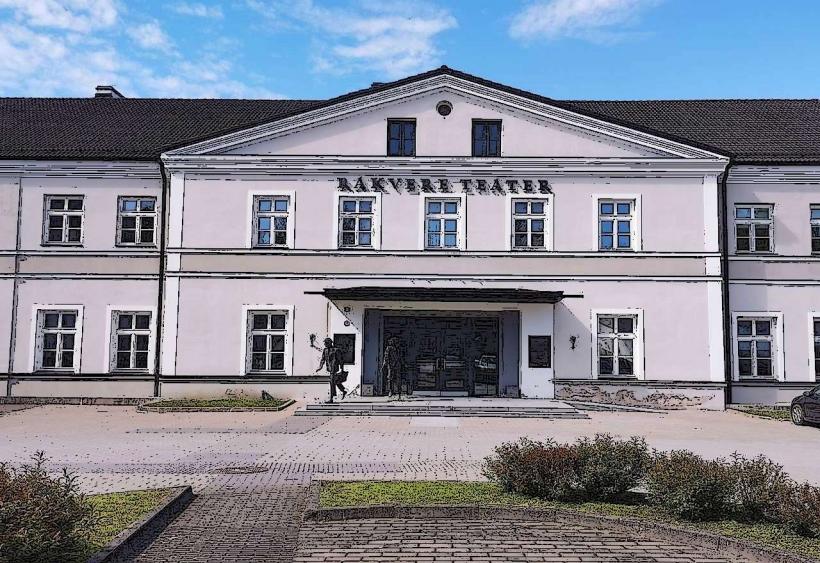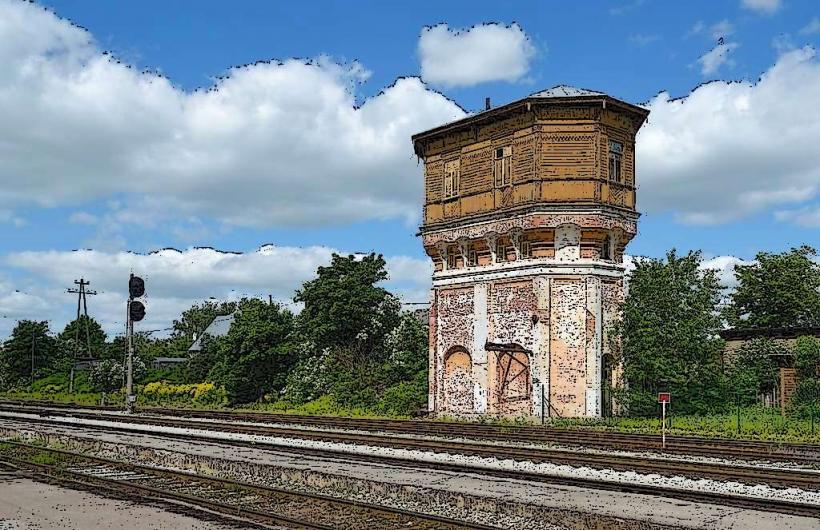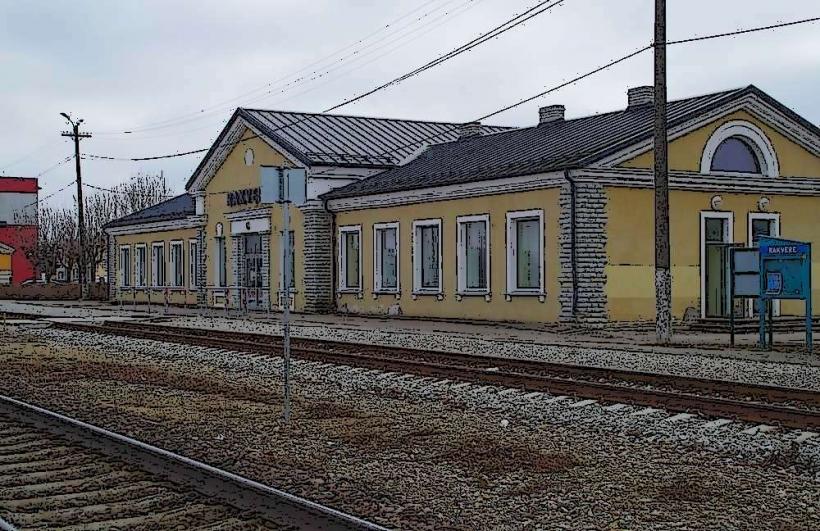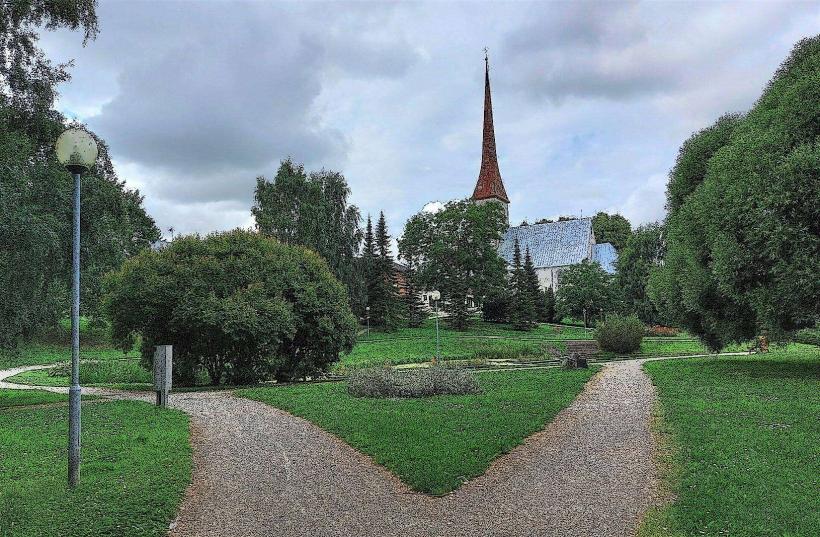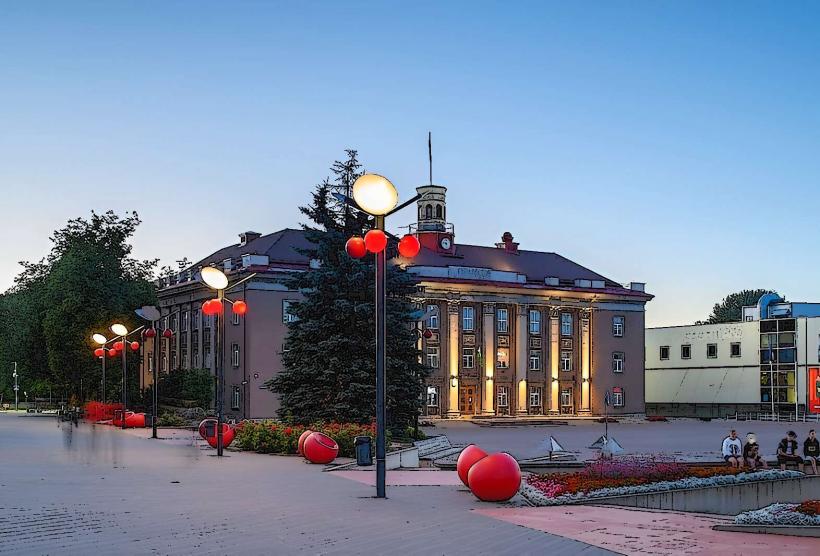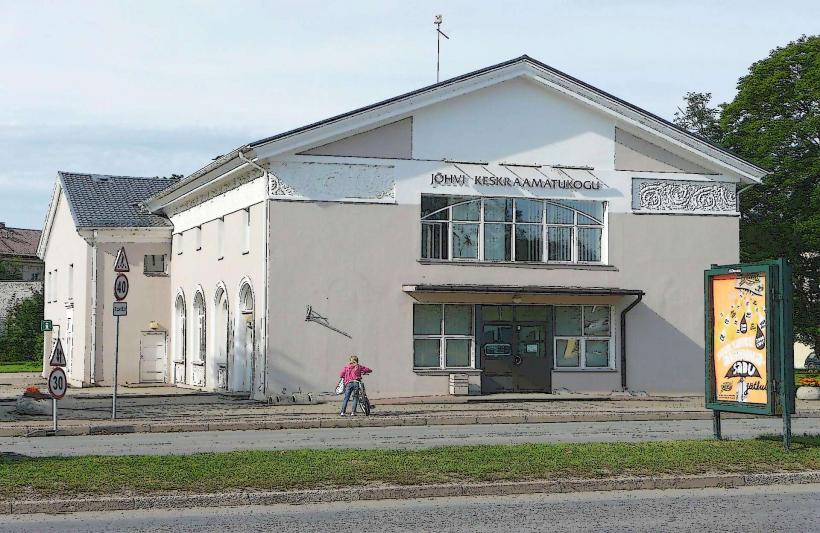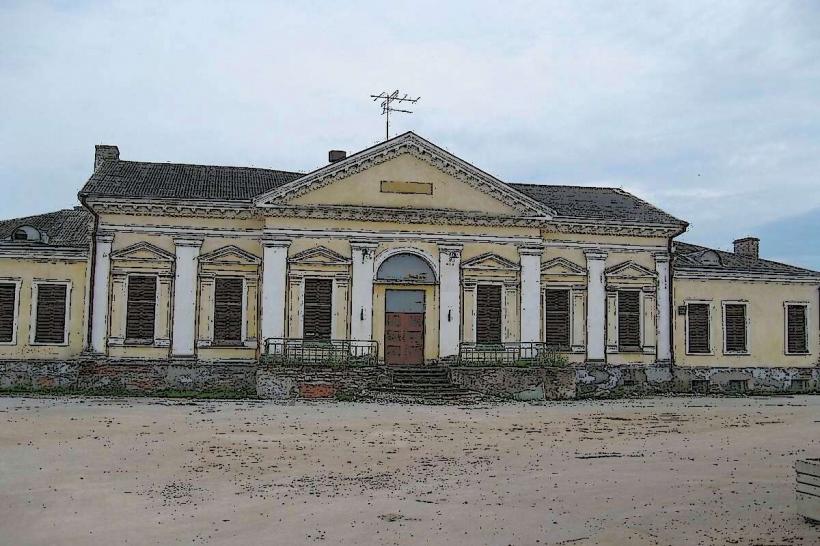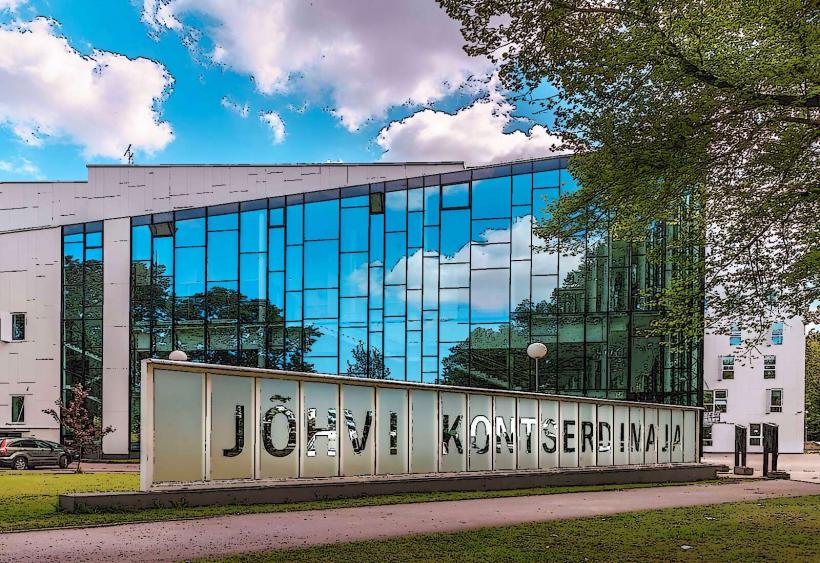Information
Landmark: Jõhvi ChurchCity: Rakvere
Country: Estonia
Continent: Europe
Jõhvi Church (Jõhvi Kirik) is a historic Protestant church located in the town of Jõhvi, in northeastern Estonia. It is one of the oldest and most notable buildings in the region, with a rich history dating back to the medieval period. Below is a detailed overview of the church's history, architecture, and significance:
History
Jõhvi Church was originally built in the 13th century, likely in the years following the establishment of the Diocese of Dorpat (Tartu) and the Christianization of the region. The first mention of the church is found in documents from 1251. The building has undergone multiple reconstructions and renovations over the centuries, reflecting changes in architectural style and the needs of the local community.
- 13th Century: The first church structure was likely a Romanesque style stone building, typical of the period.
- 16th Century: During the Protestant Reformation, the church transitioned to a Lutheran church, in line with Estonia's conversion to Lutheranism.
- 18th Century: The church was renovated in a baroque style, with some modifications to its interior and exterior.
- 19th Century: A significant renovation took place in 1830-1831, during which the church was transformed into a neoclassical style. This period saw the addition of the tower, which remains a defining feature of the church's architecture.
Architecture
Jõhvi Church is a striking example of historical architecture, with a blend of medieval, baroque, and neoclassical elements.
- Exterior: The church's exterior is dominated by its tall, slender tower, which serves as a landmark in the town. The tower was constructed in the neoclassical style during the early 19th century and is topped with a spire. The overall structure of the church has a rectangular plan, typical of many Lutheran churches in Estonia.
- Interior: The interior of the church underwent several renovations, but it still retains several medieval features, including elements of its original altar and wooden pews. The nave is spacious, with high ceilings, and the interior decoration combines baroque and neoclassical styles, with a large organ and several impressive chandeliers. A notable feature is the church's altar, which includes a painting of the Last Supper.
Art and Decor
The church contains several notable pieces of art and religious symbols:
- Altar Painting: One of the main attractions of the church is the altar painting, which is a depiction of the "Last Supper." This painting is an example of late 18th-century Estonian art.
- Organ: The church is home to a historical organ, which was installed in the 19th century. It remains a prized feature of the church's musical traditions.
- Pulpit and Other Furnishings: The church also has a beautifully carved wooden pulpit from the 17th century, as well as other woodwork typical of Lutheran churches, including pews and lecterns.
Significance
- Cultural Heritage: Jõhvi Church is a key cultural and architectural heritage site in northeastern Estonia. Its long history reflects the broader historical changes in Estonia, particularly the shift from Catholicism to Lutheranism in the region. The church is not just a place of worship but also a historical landmark that attracts both locals and visitors interested in Estonia’s religious and architectural heritage.
- Lutheran Traditions: The church is part of the Estonian Evangelical Lutheran Church, and it remains an active place of worship, hosting regular services, concerts, and other community events.
- Music and Concerts: The church's acoustics and historical organ make it a popular venue for classical music concerts, particularly organ recitals and choral performances.
Jõhvi Church is a testament to the evolving religious, architectural, and cultural history of Estonia, particularly in the context of the town of Jõhvi and its role in the region’s Lutheran traditions.

